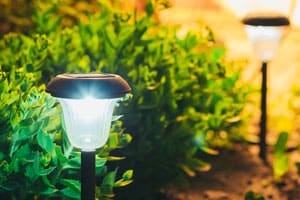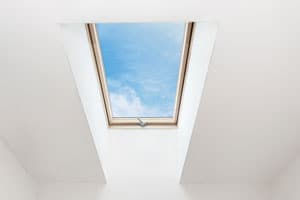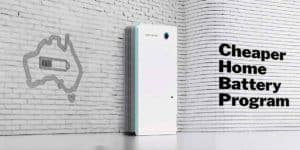Lighting

Energy Saving Guide
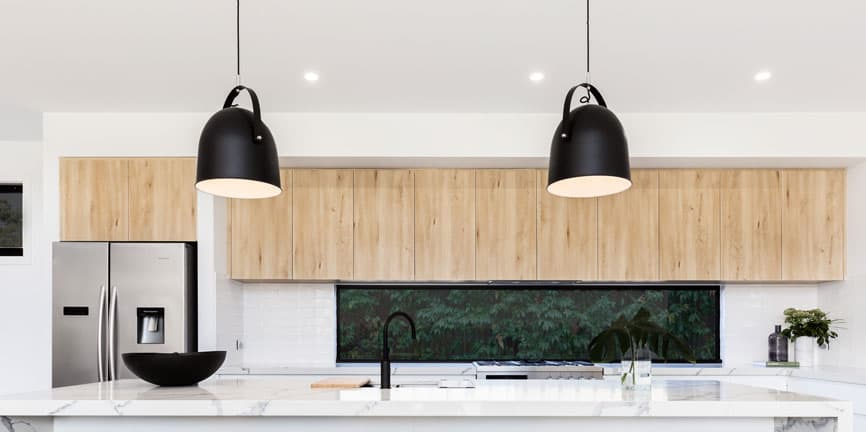
Energy saving lighting
Lighting uses around 7% of the energy in the average home. Installing energy saving lighting is a quick fix that pays off fast.
The problem with incandescent and halogen globes, is they generate more heat than light. Up to 90% of the energy used to power each globe is released as heat. Even “low voltage” halogen lights use five times as much energy as an LED of the same brightness.
The energy wasted on poor lighting adds up fast. A living room with 10 halogen downlights draws 400W an hour. With up to 50 globes in the average Australian home, we’ll unpack the many benefits of getting efficient with lighting.
Top tips to turn down lighting costs
1. Switch off lights
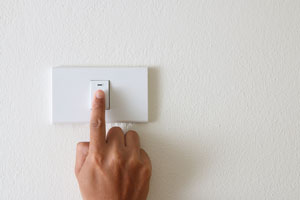
2. Make the most of natural light
3. Switch on LEDs
Change to a better light globe
Replacing any old incandescent globes or halogens with LED energy saving lighting – is an action that pays back fast. See the calculations box below to see the savings! Here’s 7 reasons why LEDs are a brighter idea.- LEDs cut energy costs. Just by changing to an LED globe you’ll be trimming costs by around 80 per cent.
- LEDs last longer. You can expect LEDs to last up to 12x longer than incandescent globes. Halogens run 2,000 hours. LEDs run up to 25,000. With globes that last up to 10 years with daily use, LEDs keep the ladder under the house and the handyman at bay.
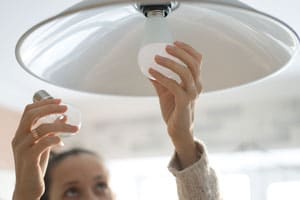
- LEDs save on cooling. By generating significantly less heat than halogens, LED ensure your air conditioner won’t need to work as hard to cool the room.
- LEDs work better with ceiling insulation. Halogens need clear ventilation space to stay cool. Unfortunately, this means that every halogen fitting in your home is a hole in the insulation layer. With LED downlights simply add a downlight cap to seal them off – as they don’t require the same ventilation.
- LEDs are safer. LED globes run much cooler than incandescent and halogen lights. It’s a great way to reduce the risk of burns and fires. Unlike CFLs which contain mercury, LEDs are not toxic.

- LEDs are smarter. If you like technology – then there’s plenty to play with. From colour changing globes, to automation and sensors – the humble light bulb has changed forever.
- LEDs look great. The colour temperature (“warmness”) and brightness produced by LEDs is comparable to incandescent lighting. You can purchase LEDs in warm or cool hues – and some globes let you choose with the flick of a switch. LEDs are available in an extensive range of globe shapes and sizes including dimmable models. You’ll even find LED globes that mimic vintage tungsten globes – without the fragile element.
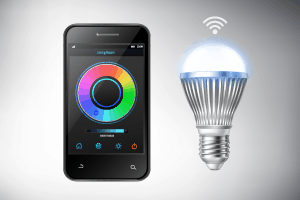
How to find free LED globes
Some States run energy efficiency schemes where participating companies will replace old globes with new LEDs for free or subsidised costs. It’s worth checking with government energy efficiency websites to see if there might be a program available to you. If you live in NSW you can check your eligibility for the Lighting Upgrade Offer.
Downlight showdown
Your investment in LEDs can be returned in less than a year – if you factor running costs and the ongoing costs of replacing the old globes. Every year after that you’ll be enjoying lower power bills. Let’s compare a 50w halogen vs a 10w LED installed in a room which is lit for 3 hours a night. Both globes provide a similar level of brightness.
LED and Halogen cost comparison
| Halogen downlight | LED downlight | |
|---|---|---|
| Watts | 50W | 10W |
| Lumens | 800 | 700 |
| Annual energy cost @ 3 hours/night* | $10.95 | $2.19 |
| Purchase price per globe | $4.00 | $10.00 |
| Lifespan of globe | 1 year | 5-10 years |
| First year cost | $14.95 | $12.95 |
| Cost after 5 years | $74.75 | $20.95 |
*Based on electricity rate of 20 cents per kilowatt hour
It adds up fast. If you switch 4 globes to LEDs in a room that run for 5 hours a night, then the annual saving is $58.40. Factor in the cost of constantly replacing short-lived halogen bulbs on top of incandescent lights high running costs and it’s pure economics to make the switch.

Watt & Lumens. How much LED do I need?
LEDs generate lots of light with a lot less watts. To choose the level of brightness look at the Lumen count – the measure of how much light a bulb creates. Here’s how many lumens you’ll need for LEDs when replacing incandescent globes.Lighting efficiency comparison: Lumens & Watts
4. Upgrade exterior lighting
Don’t forget outside lights
External floodlights can be big energy users. It’s easy to replace PAR floodlight globes with LEDs – which use 75% less energy and last much longer. Motion sensor globes will ensure that outdoor lighting only runs when it’s needed. Solar garden lights are inexpensive and are great for lighting paths and garden beds – charging with the sun every day.